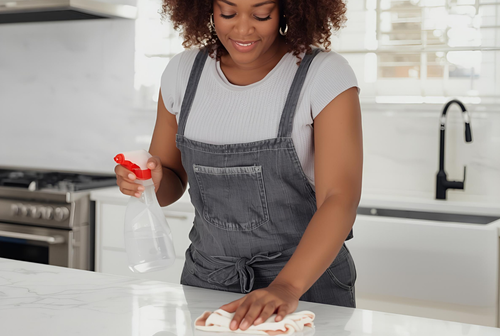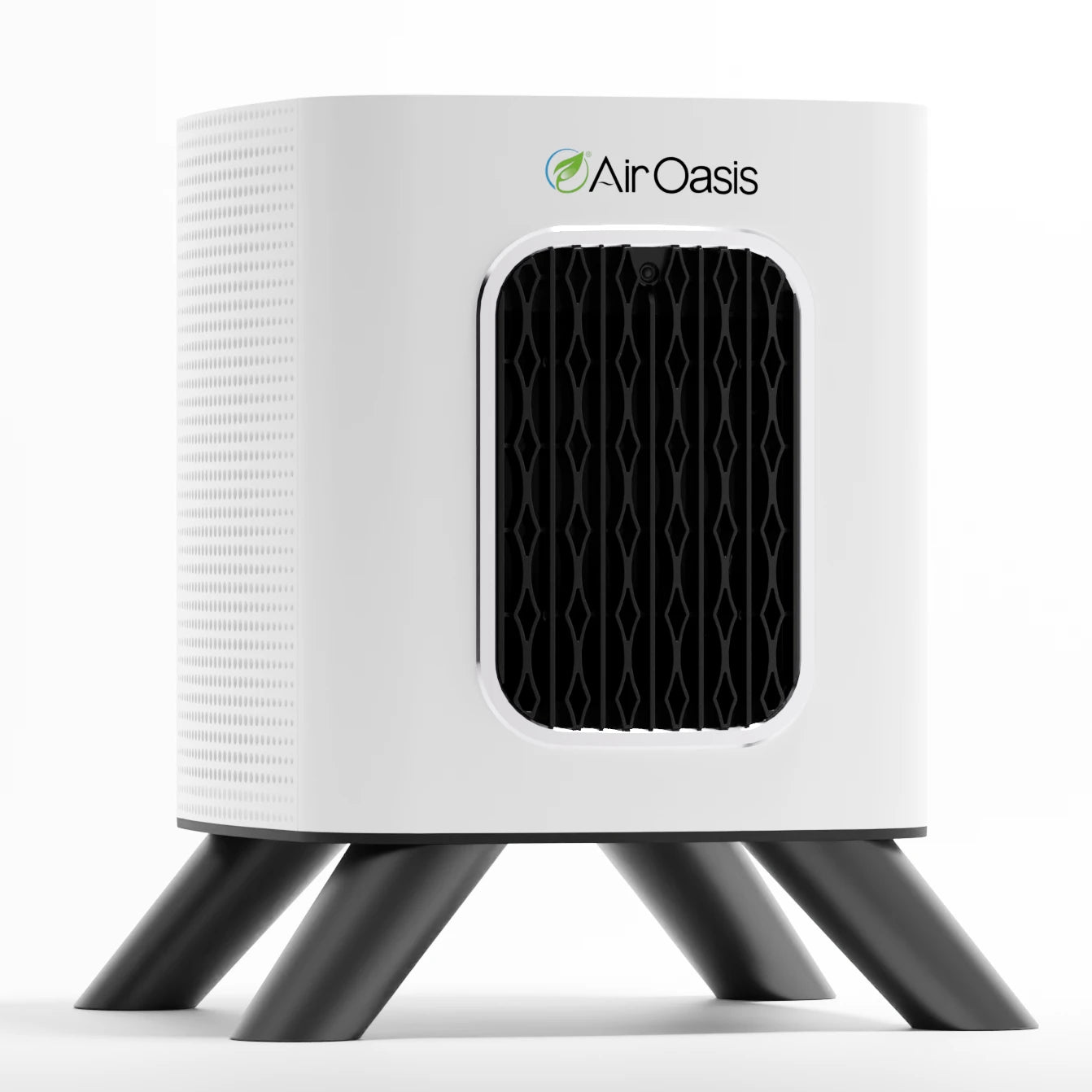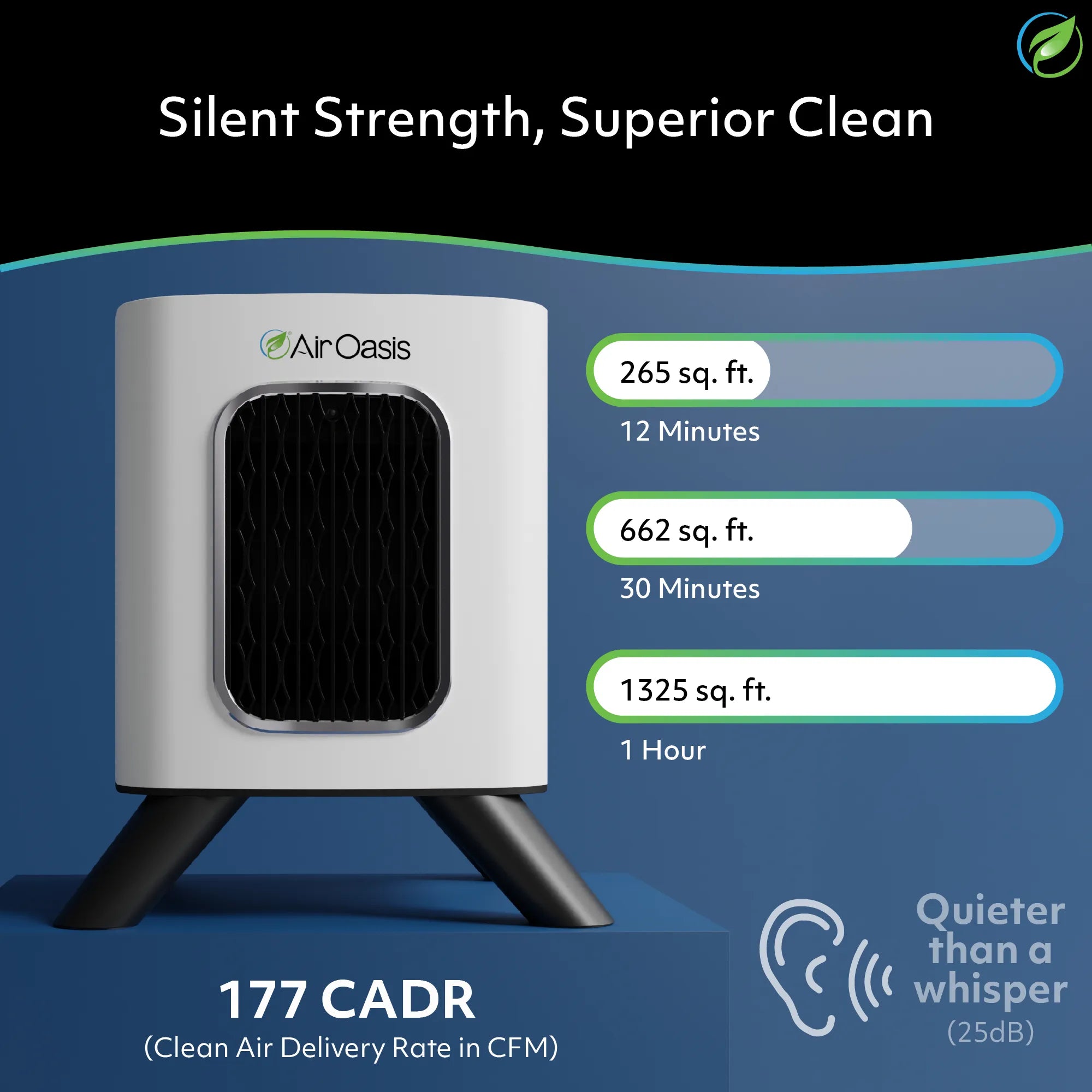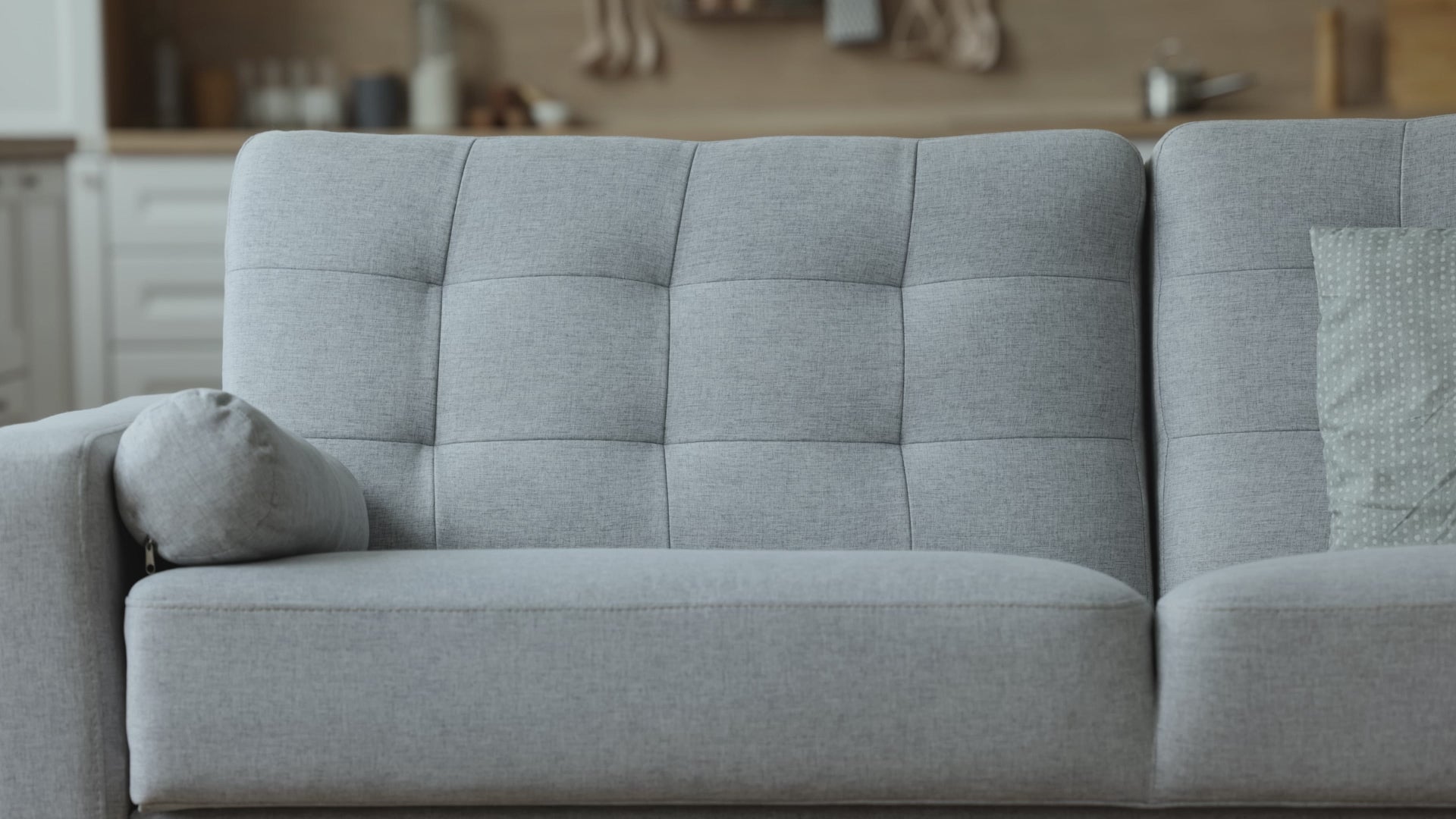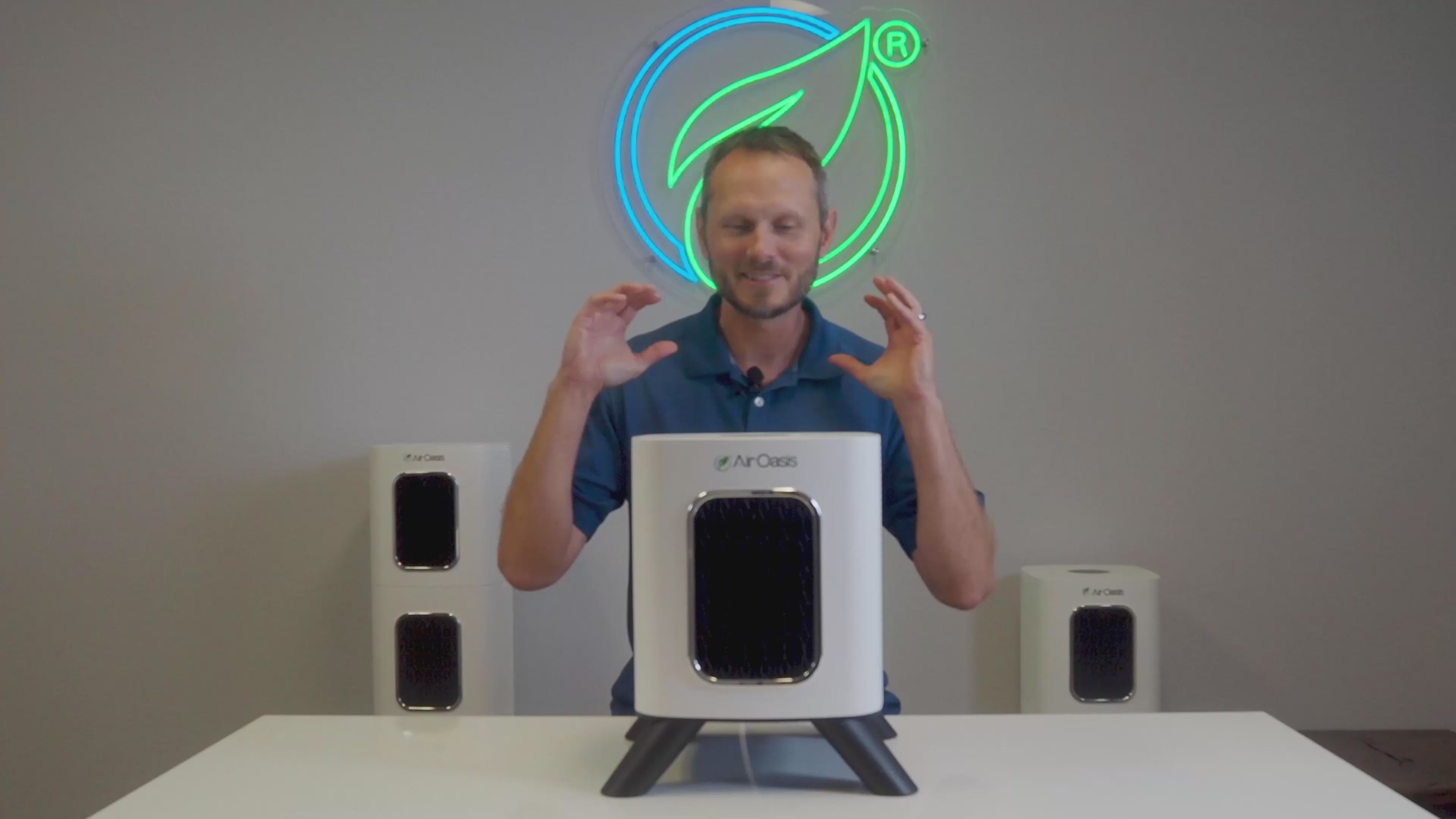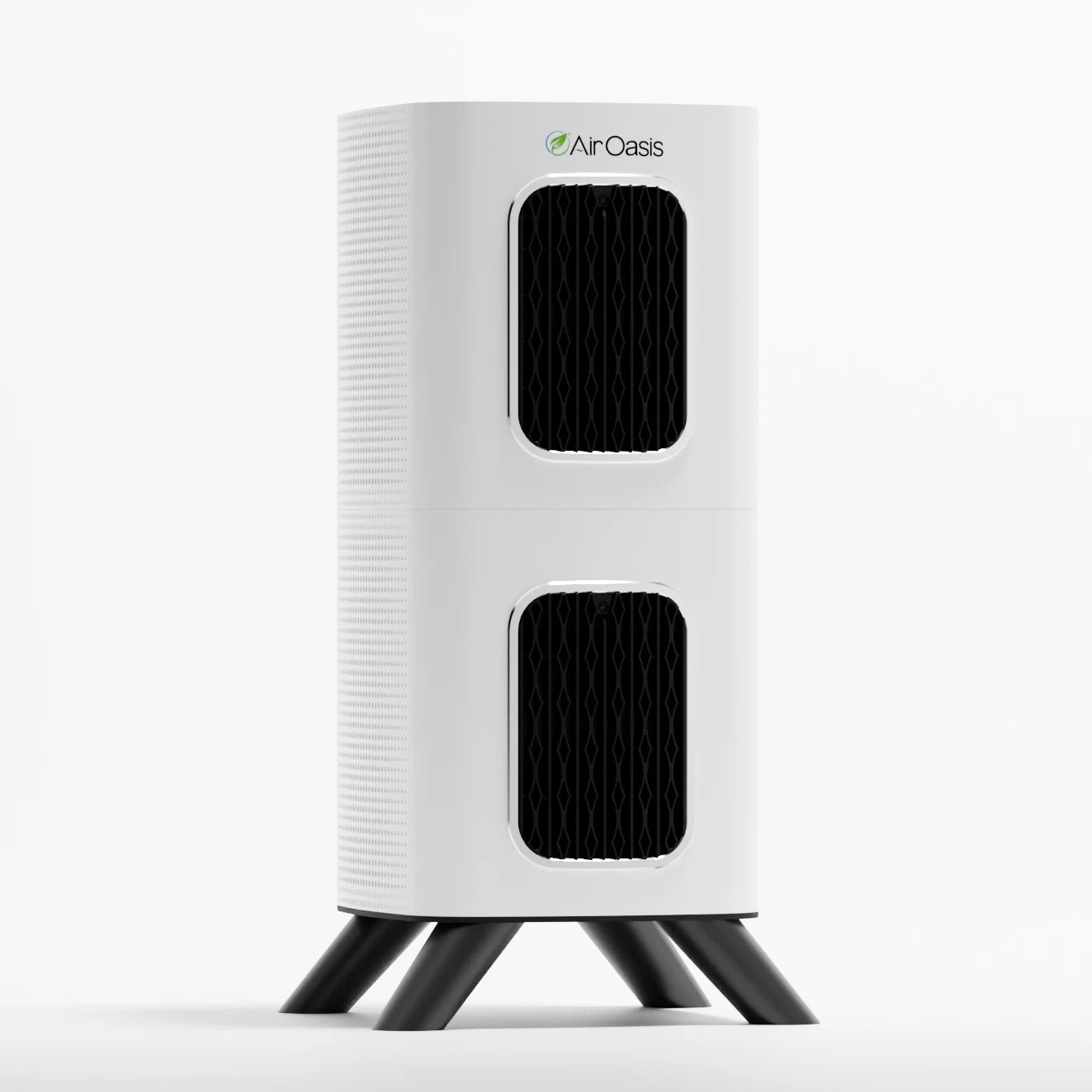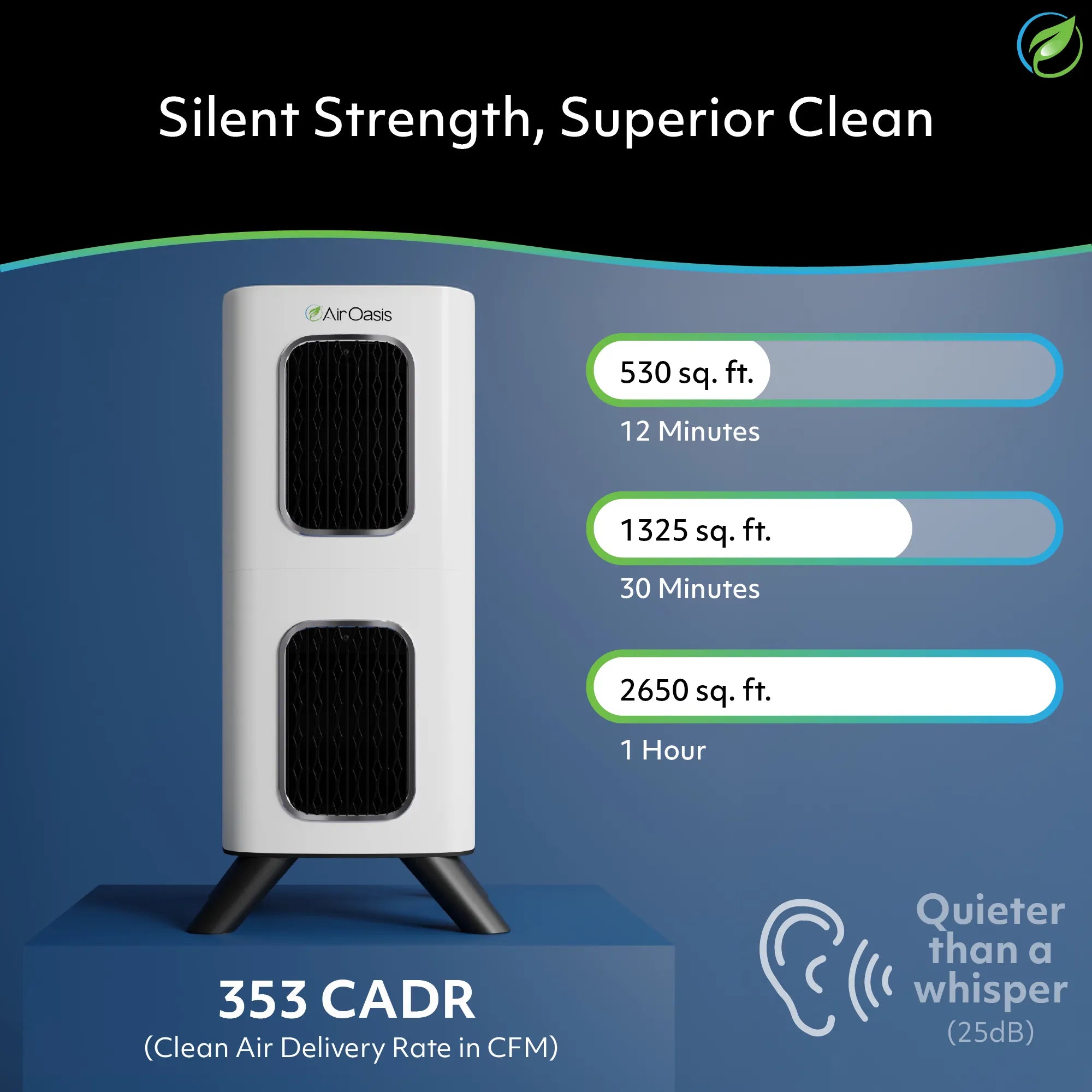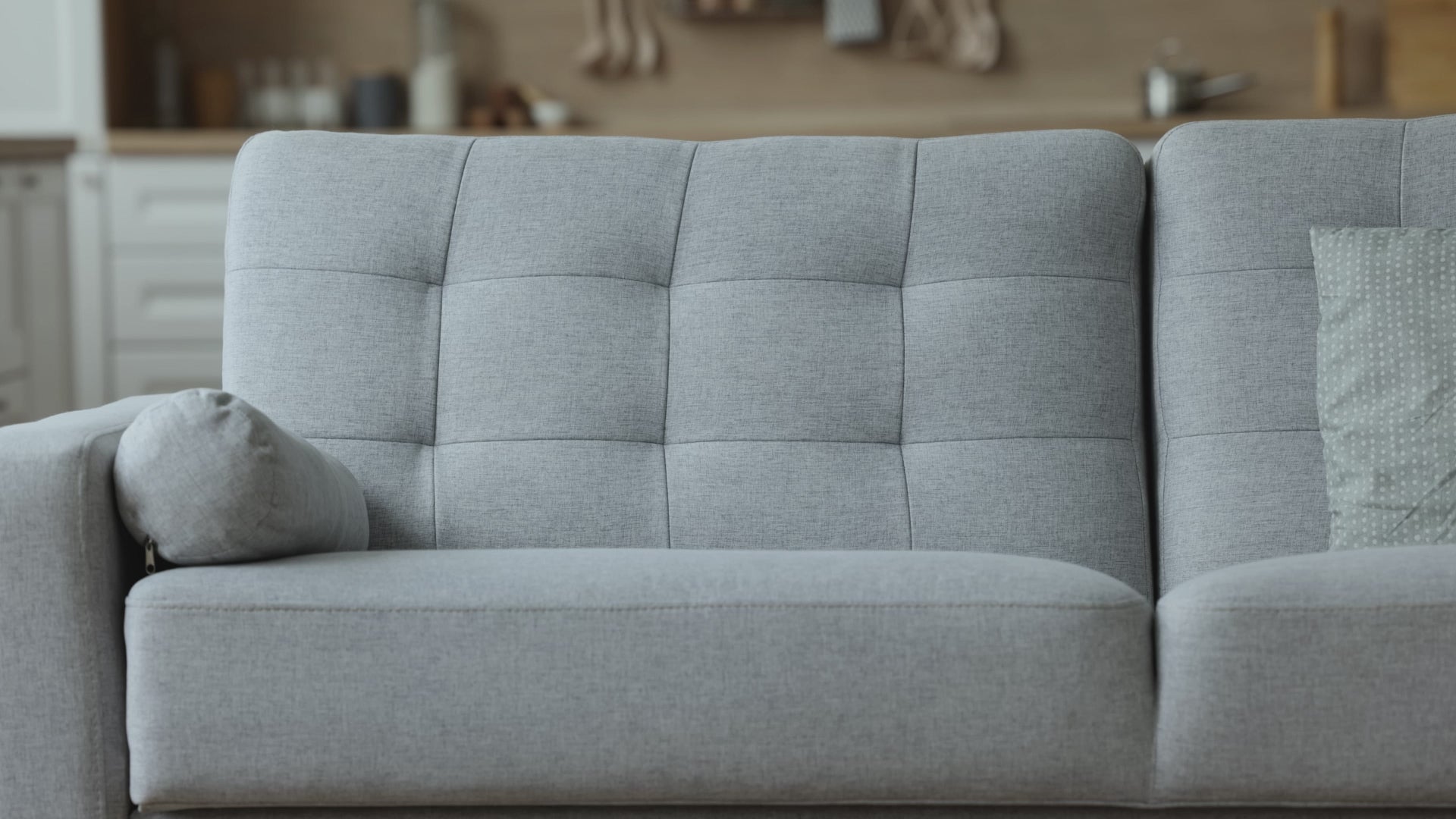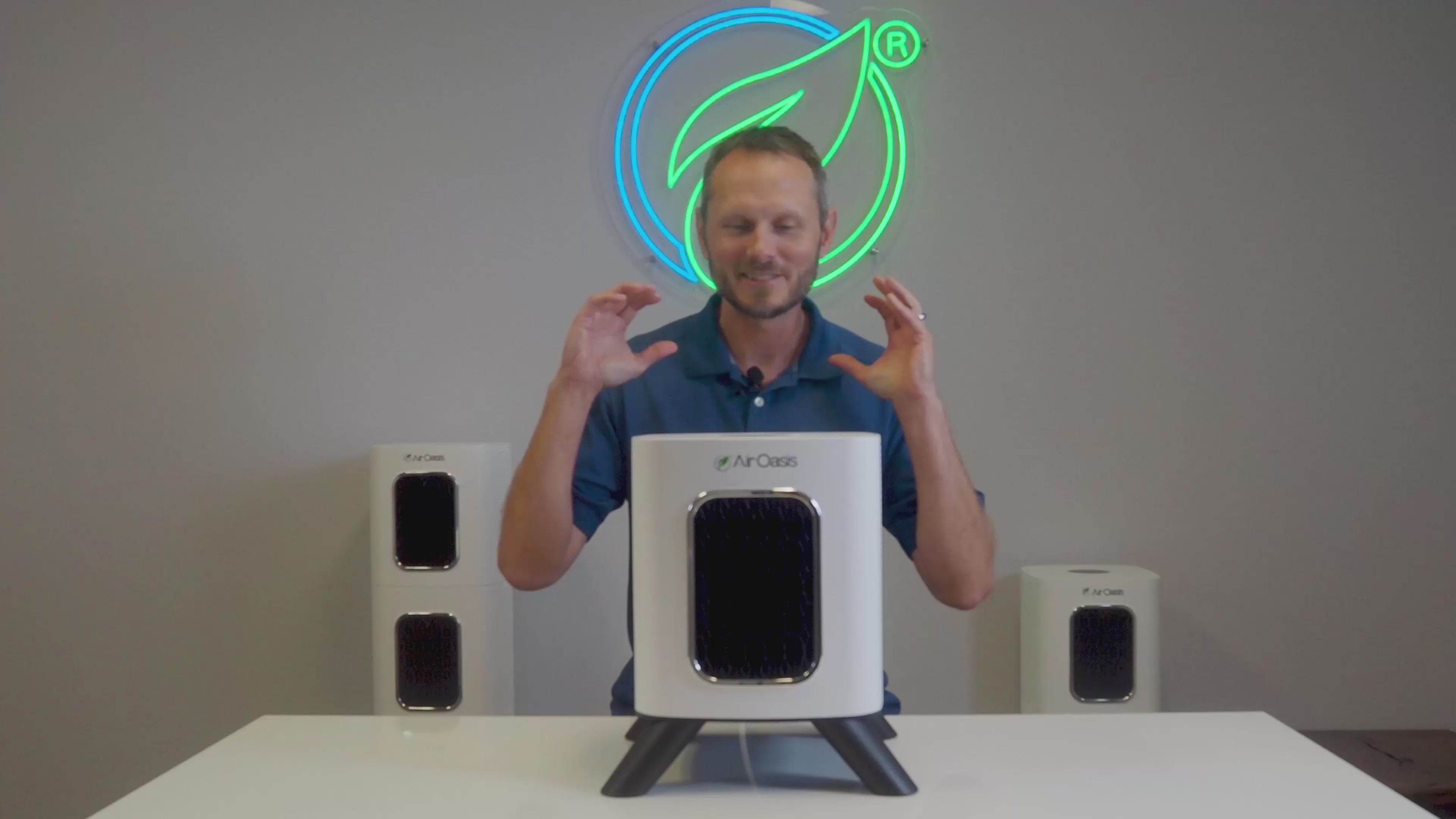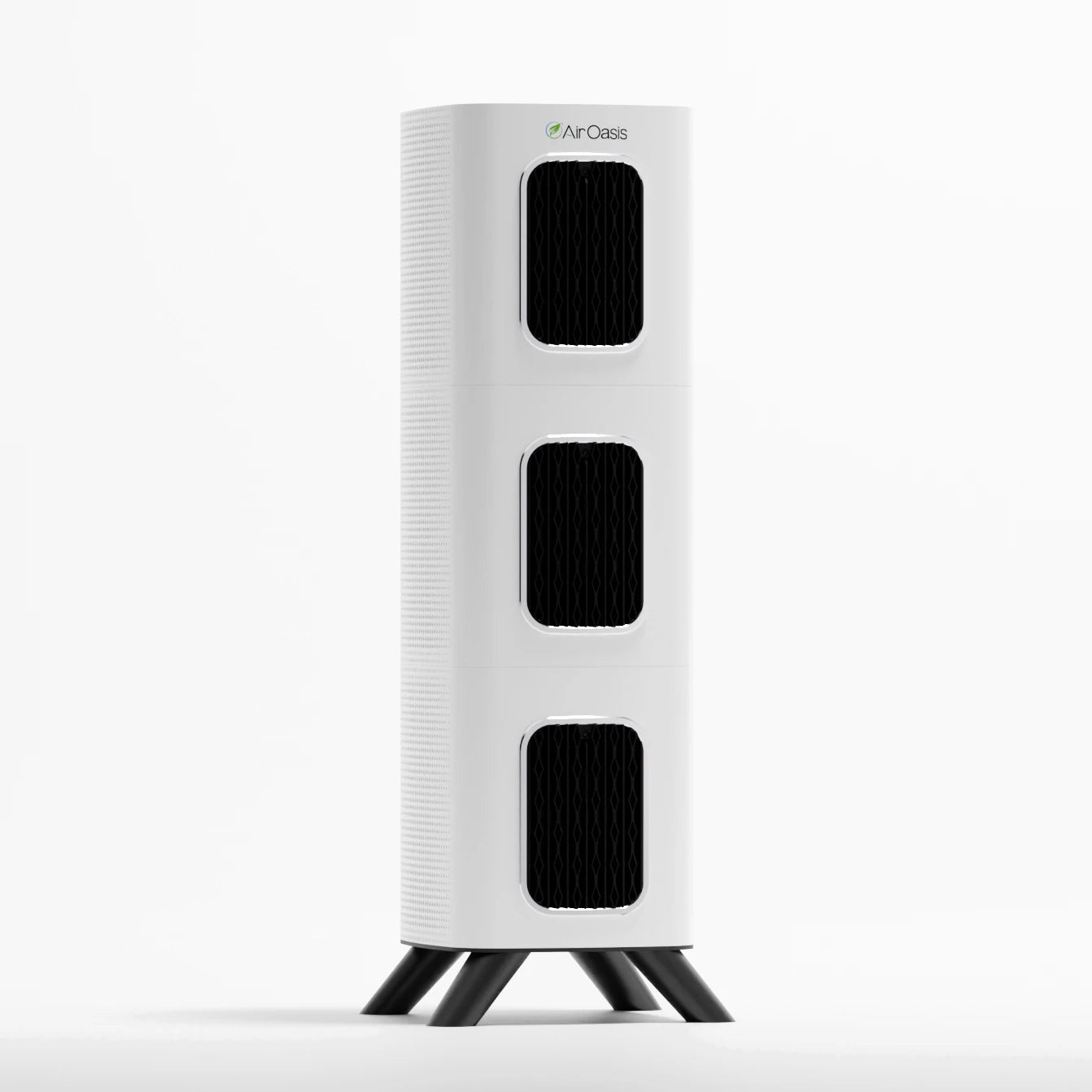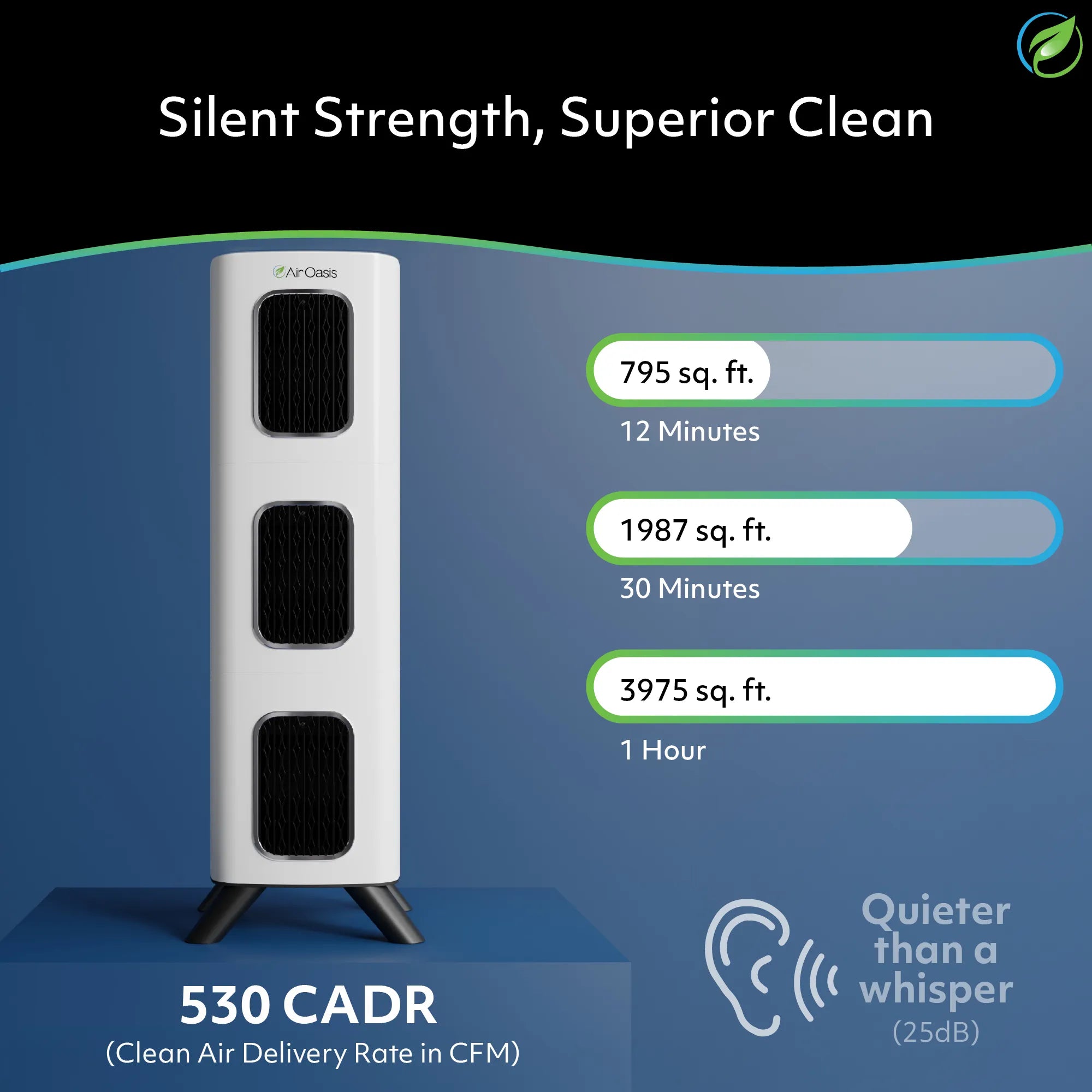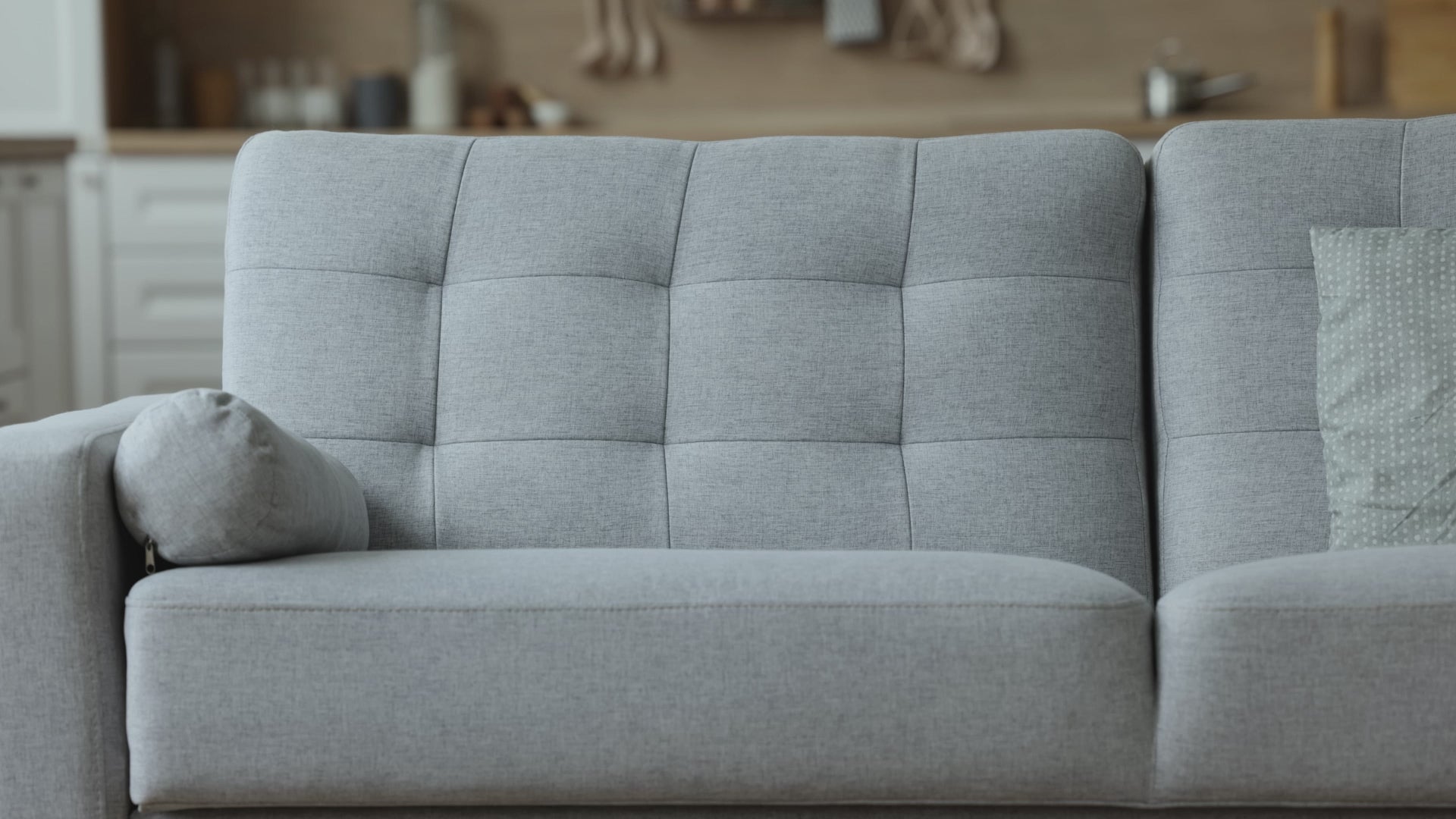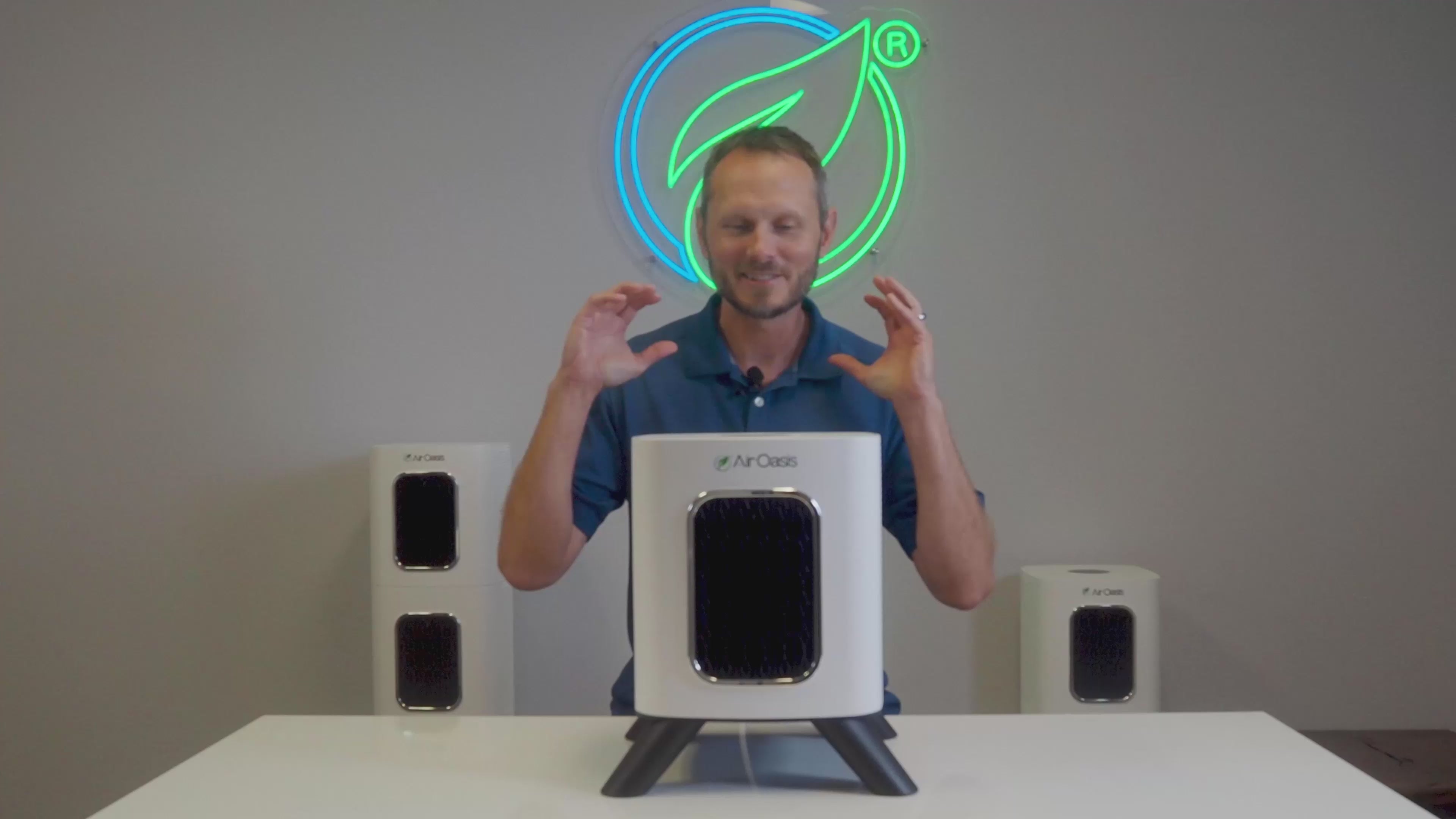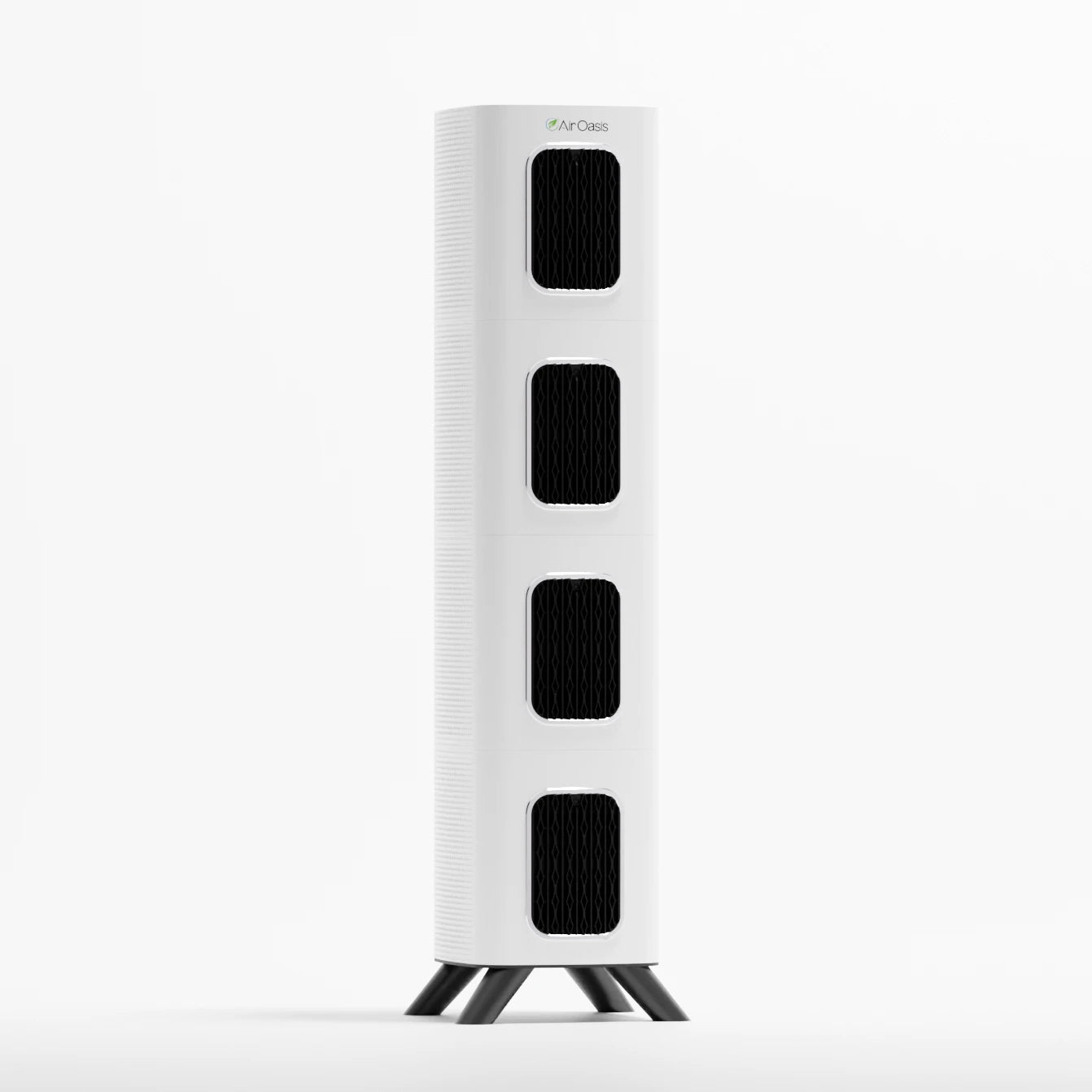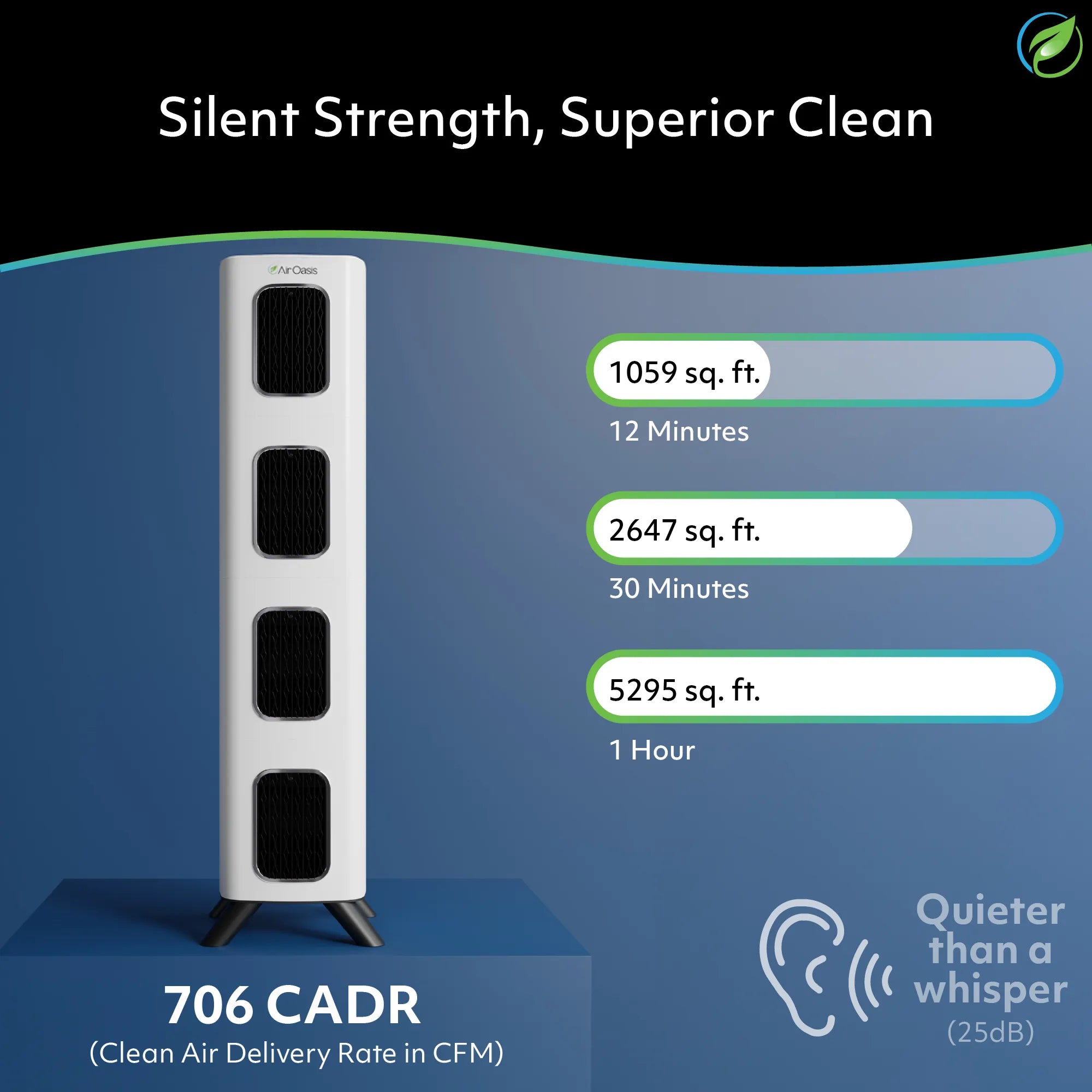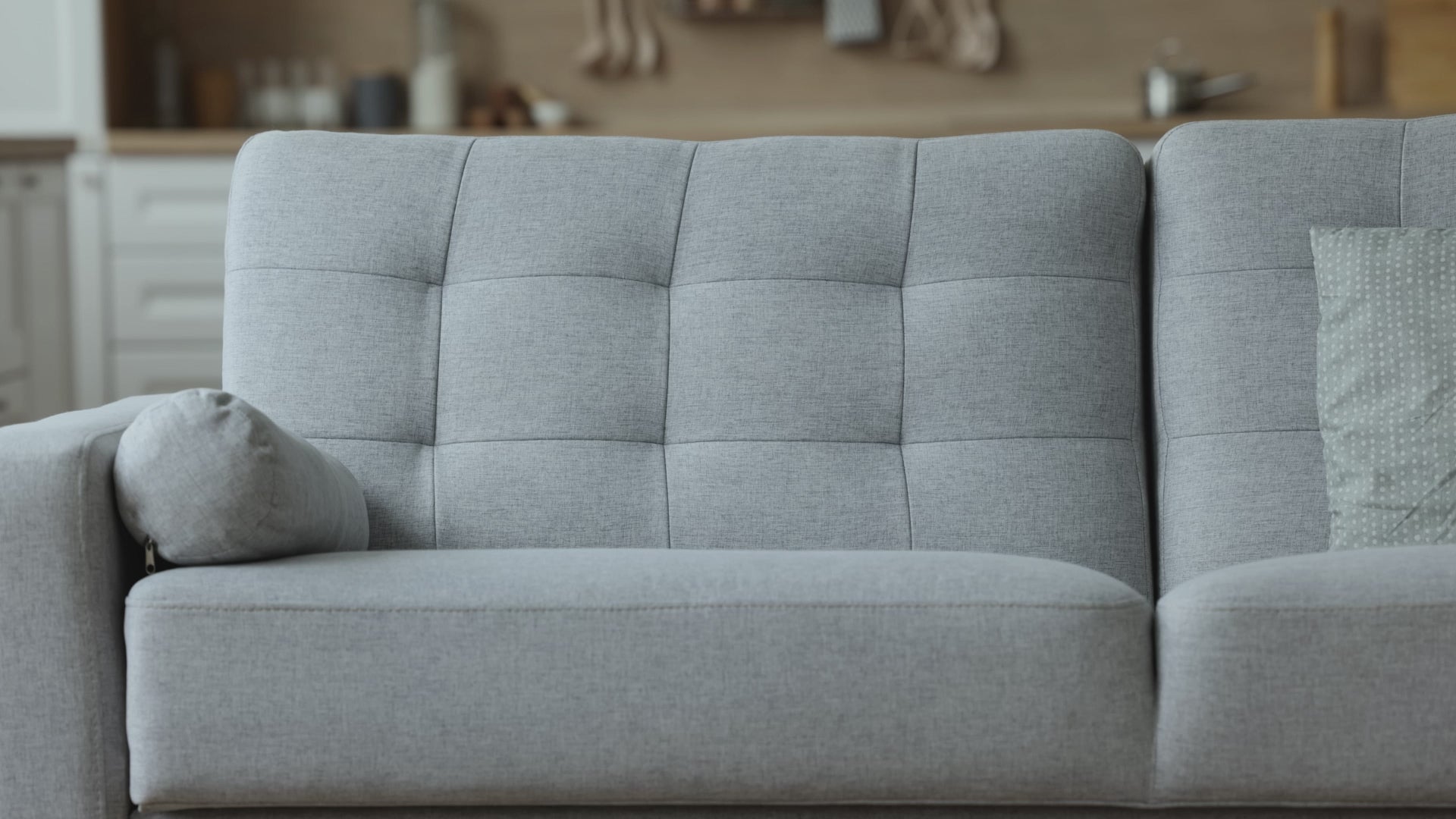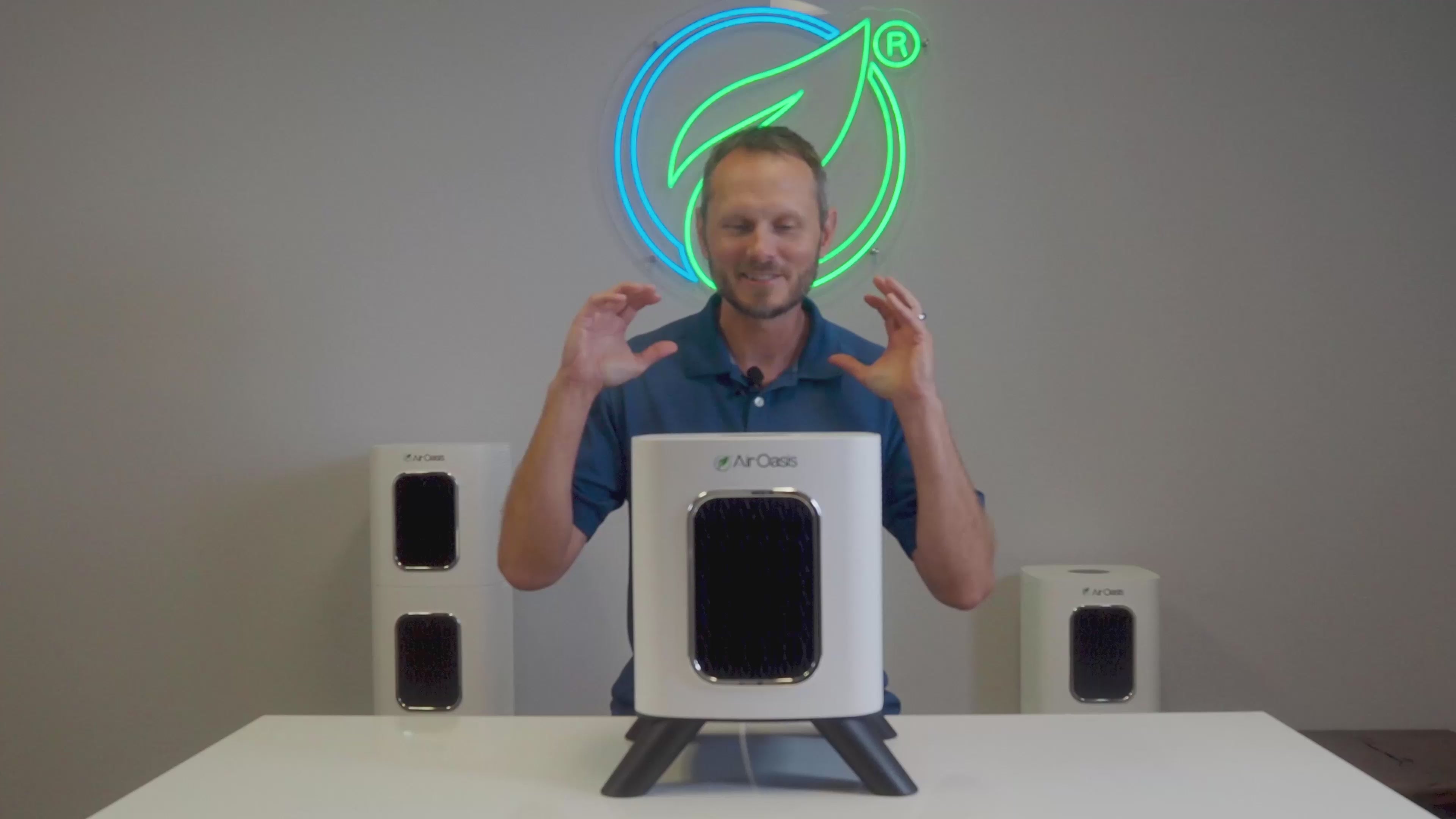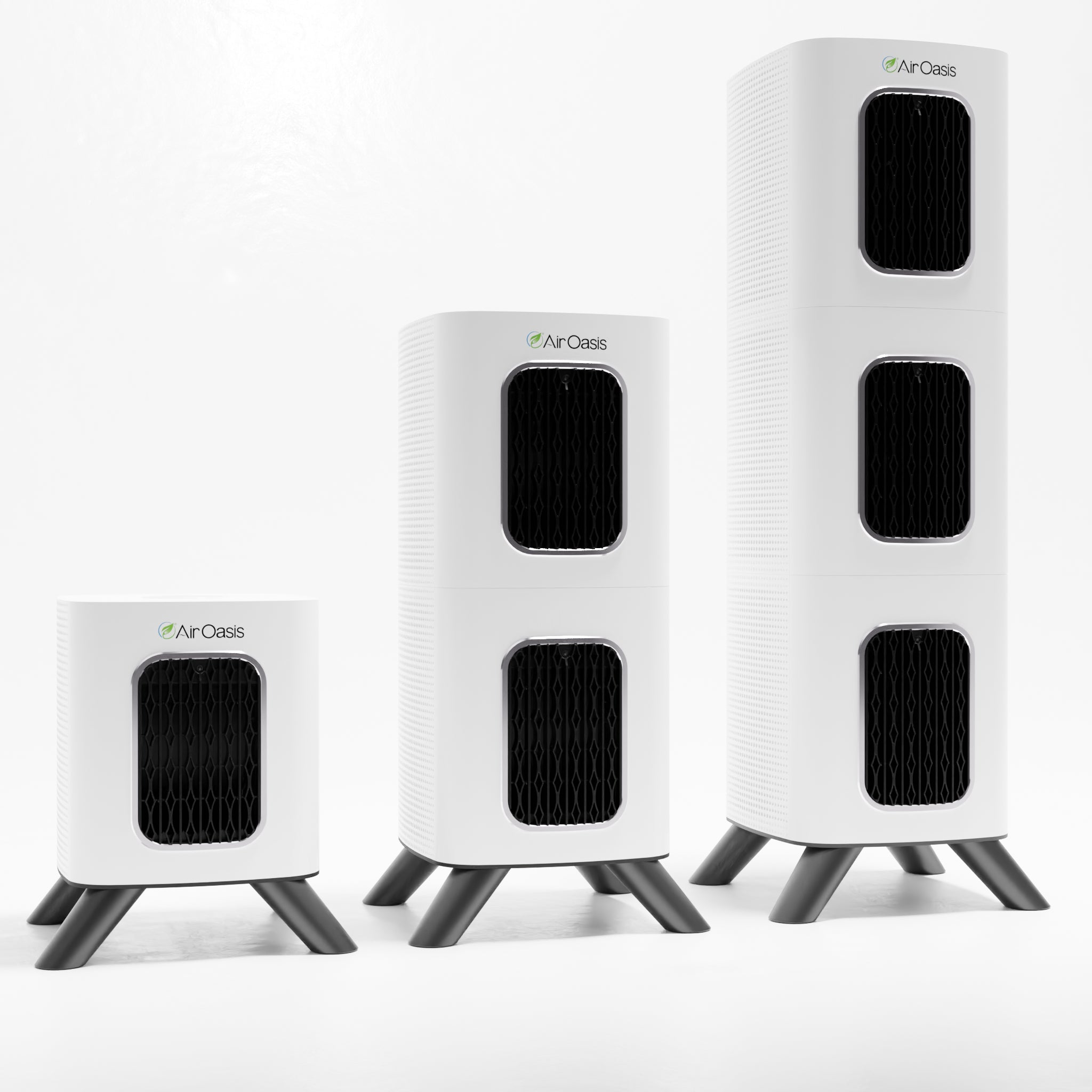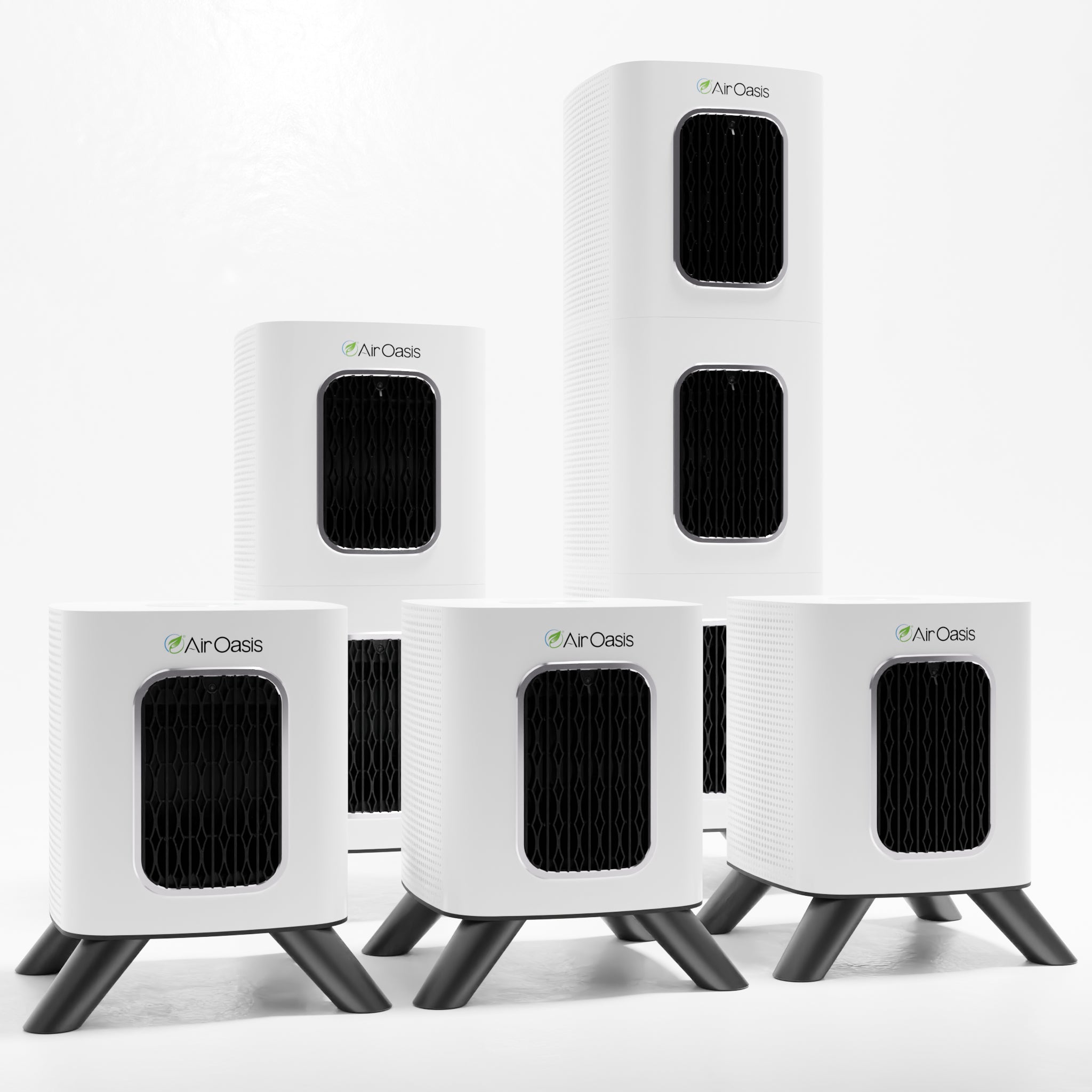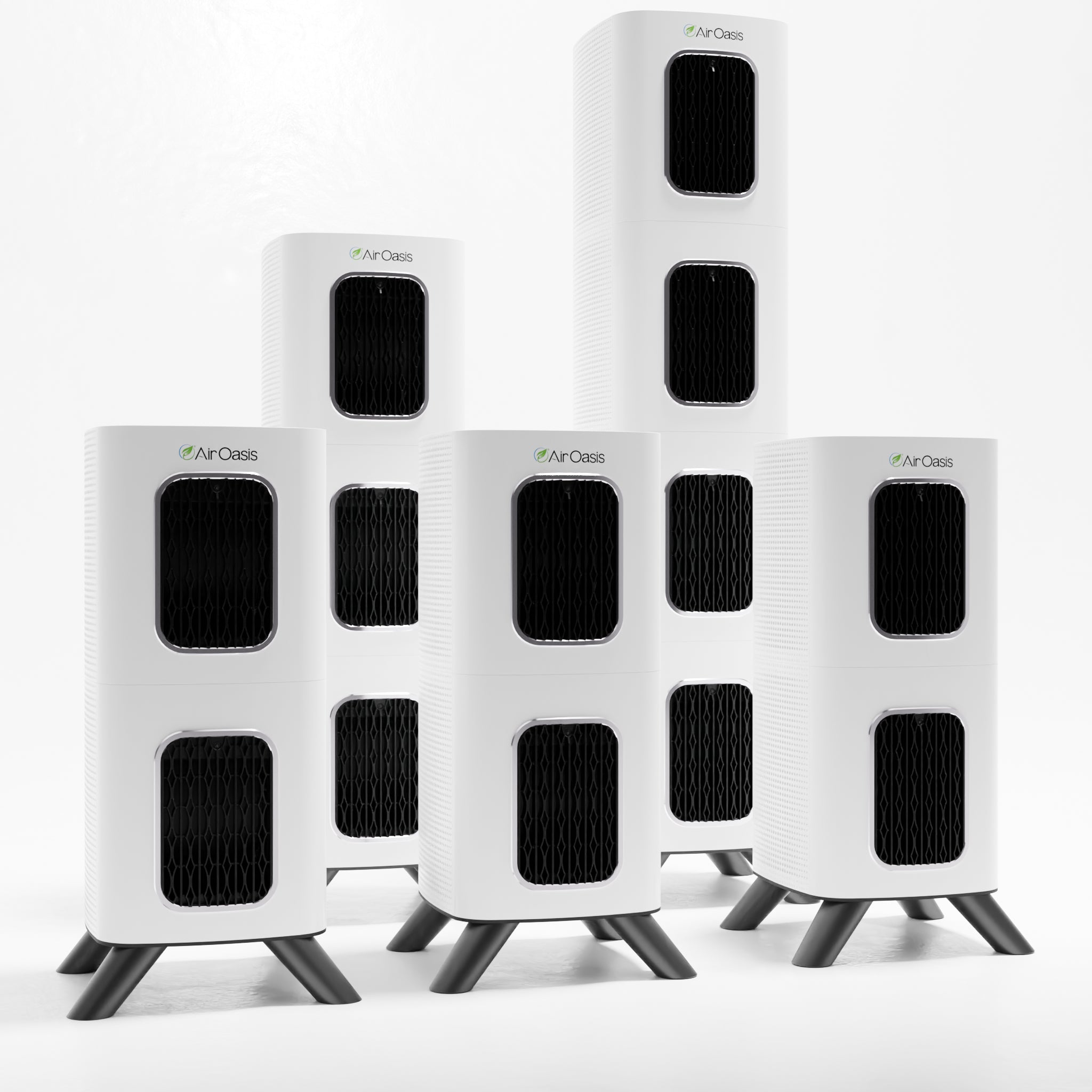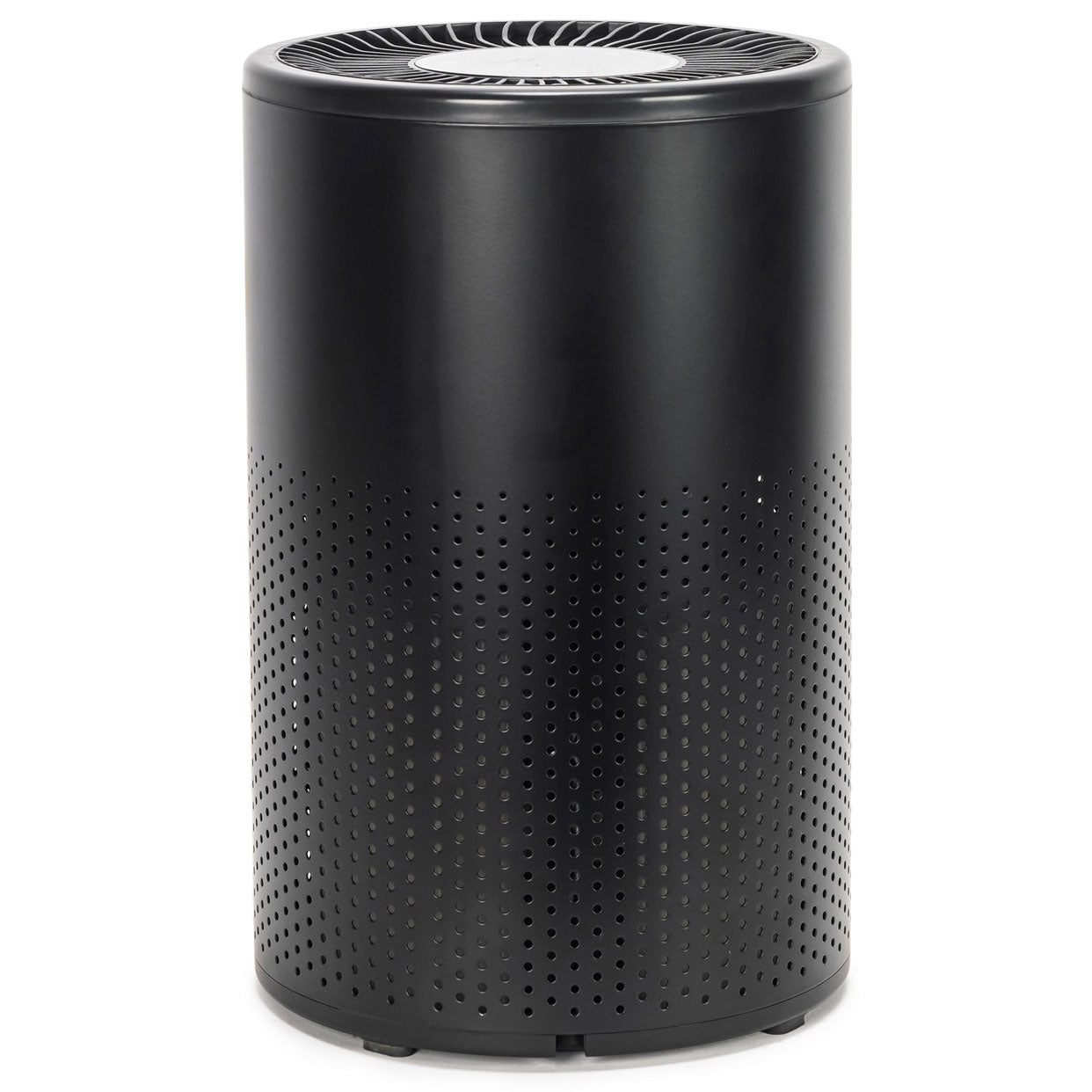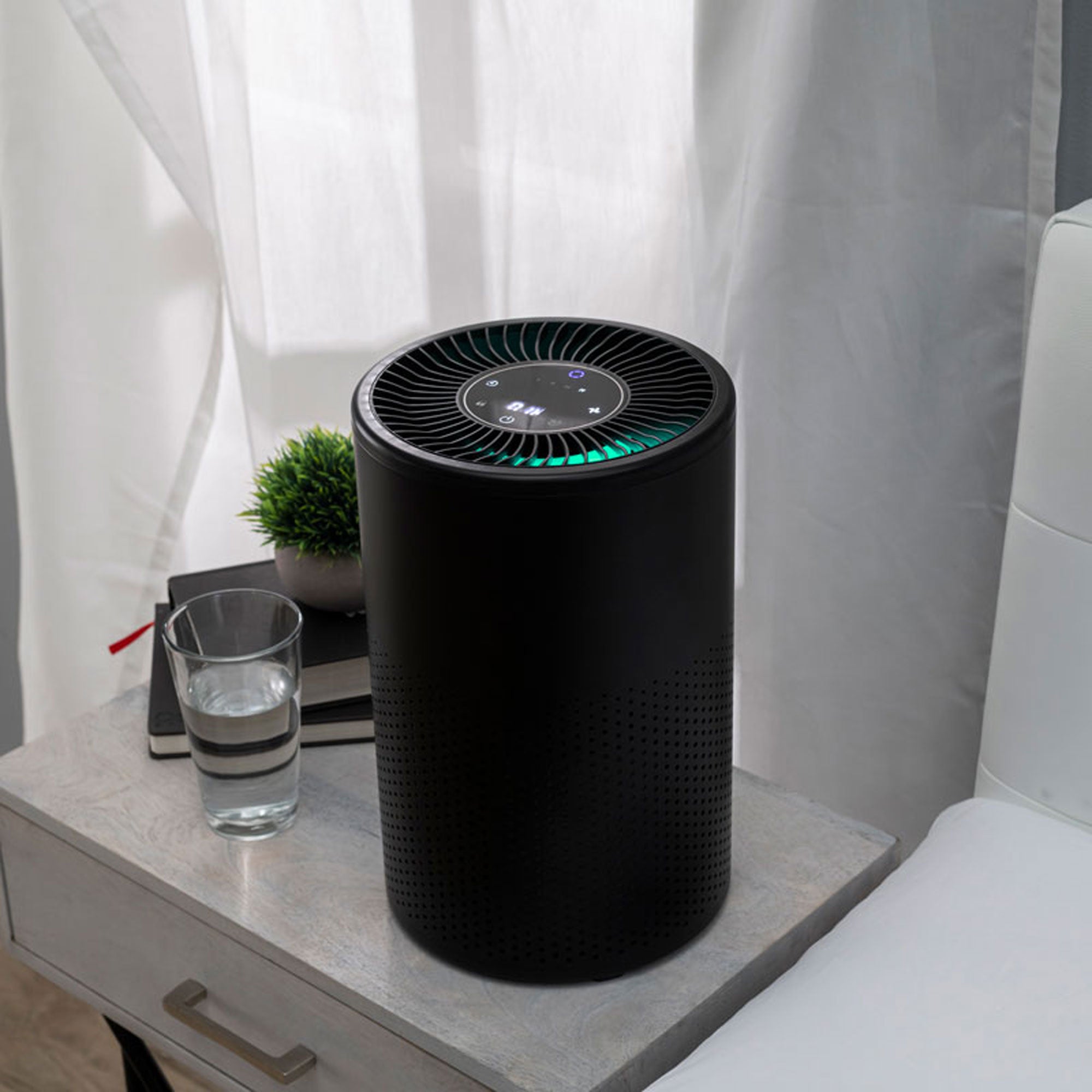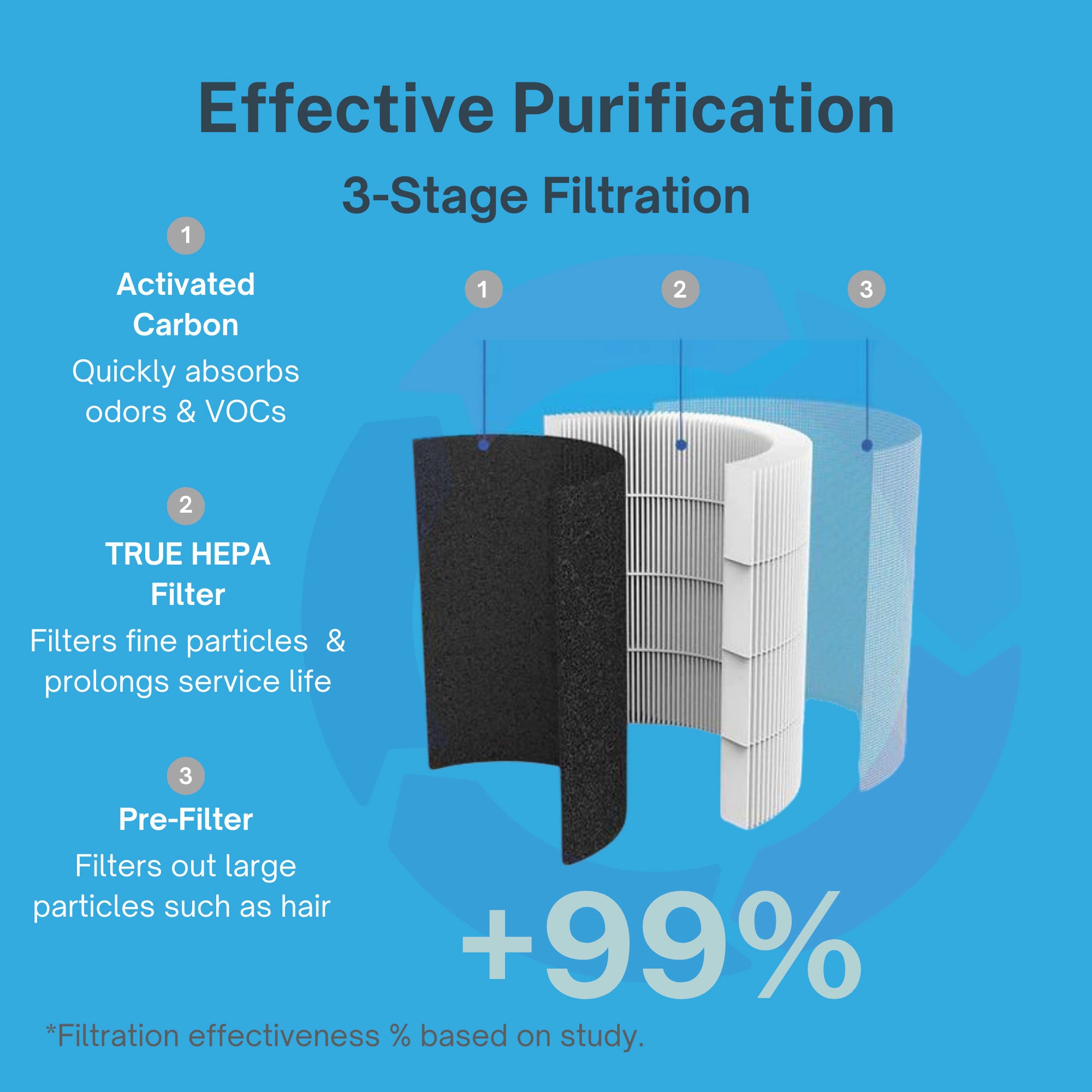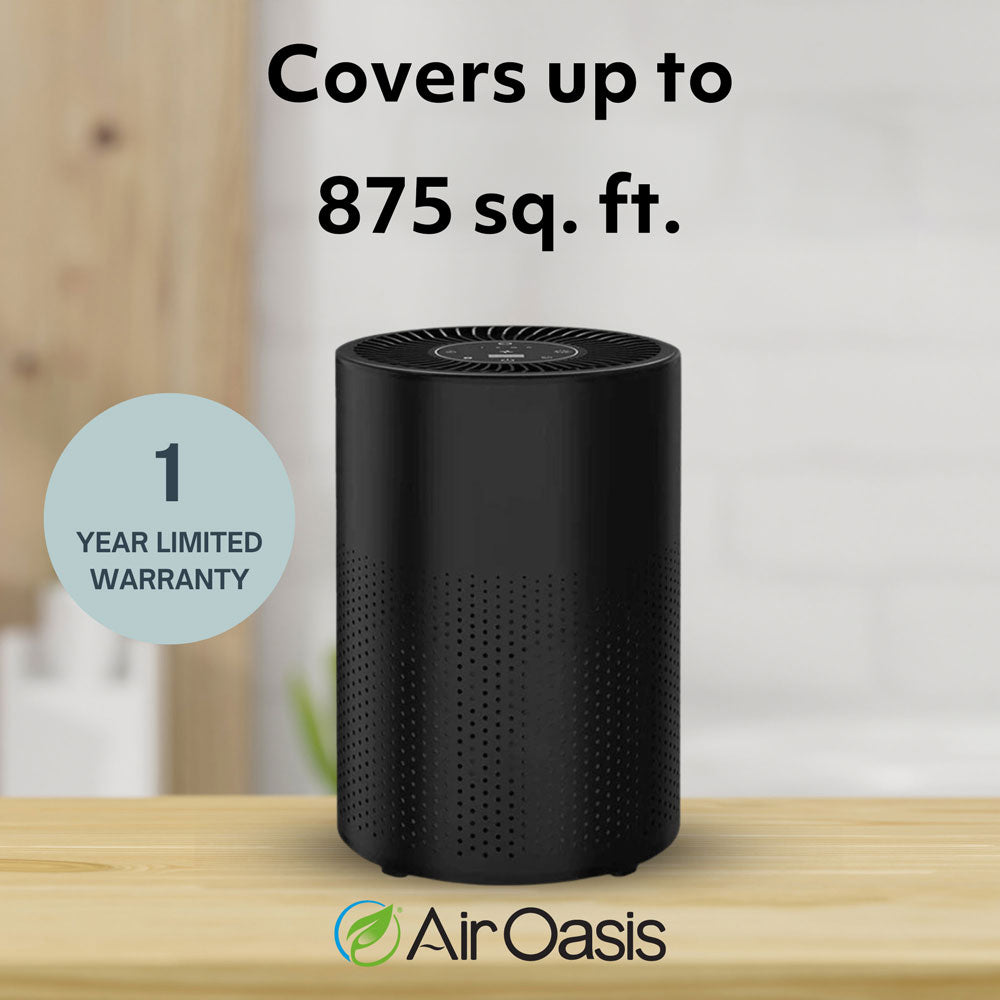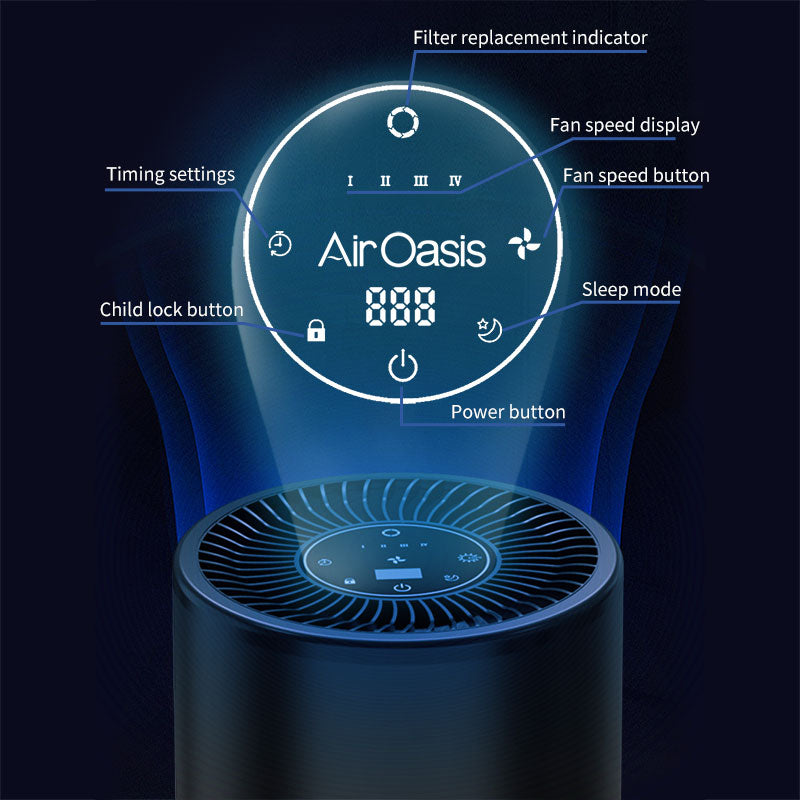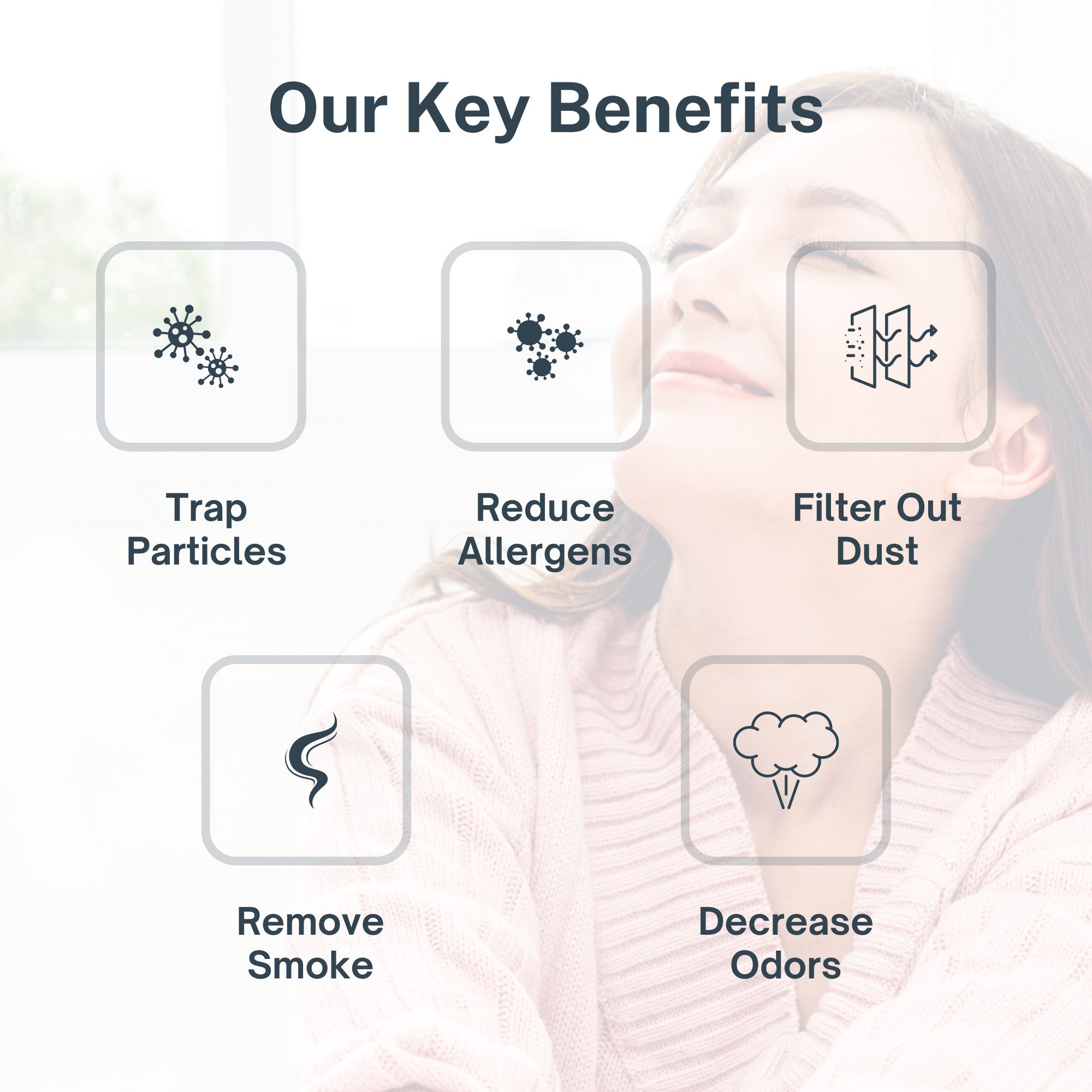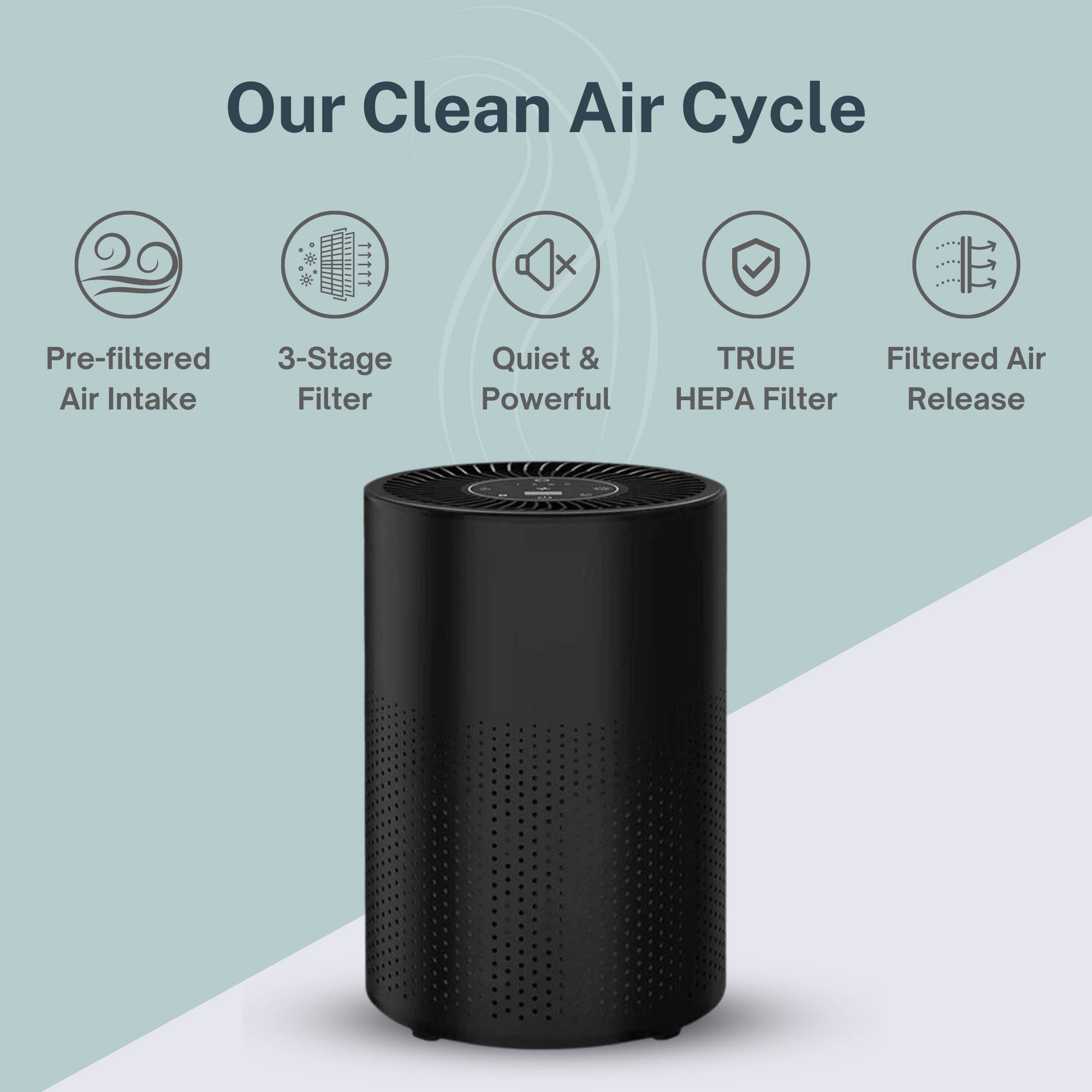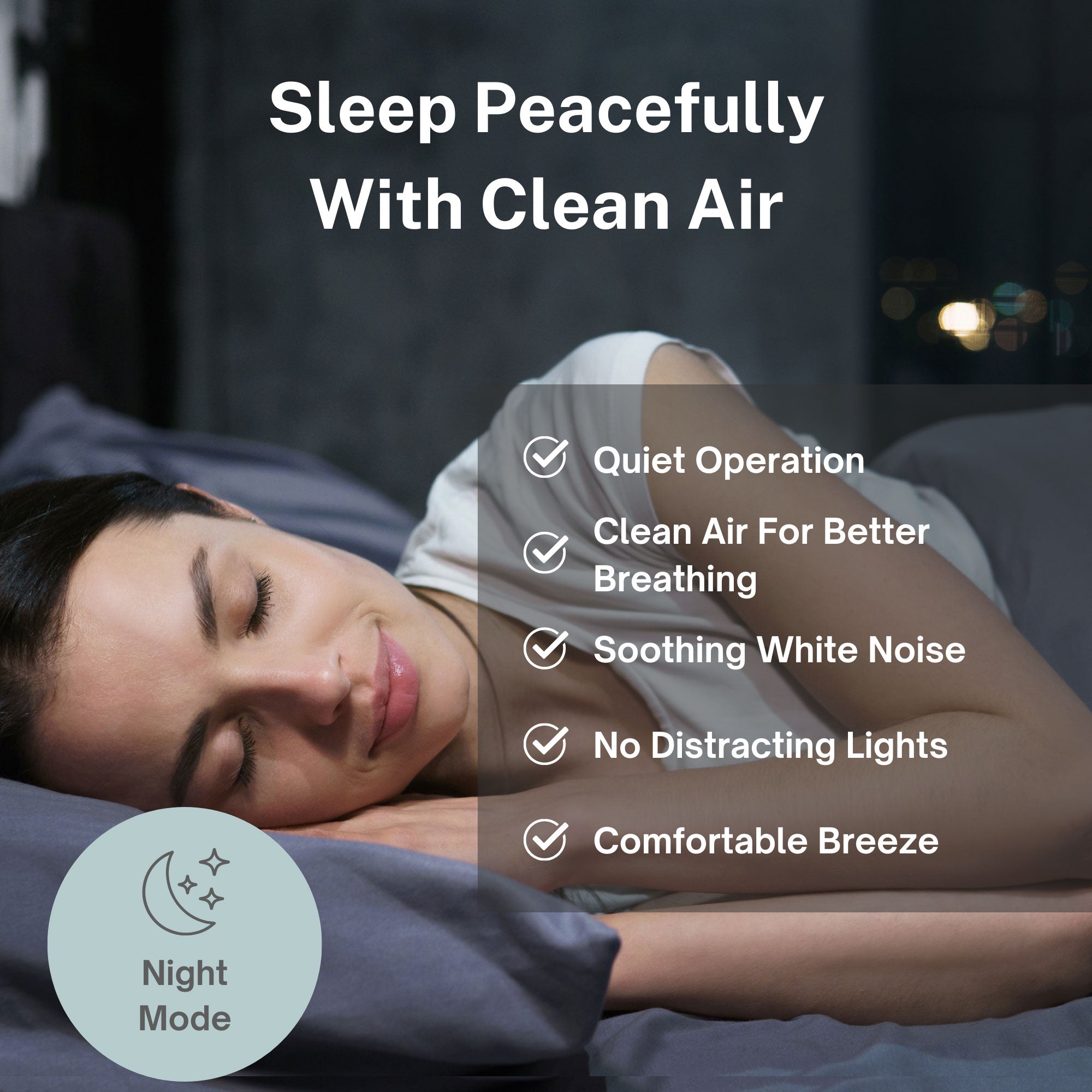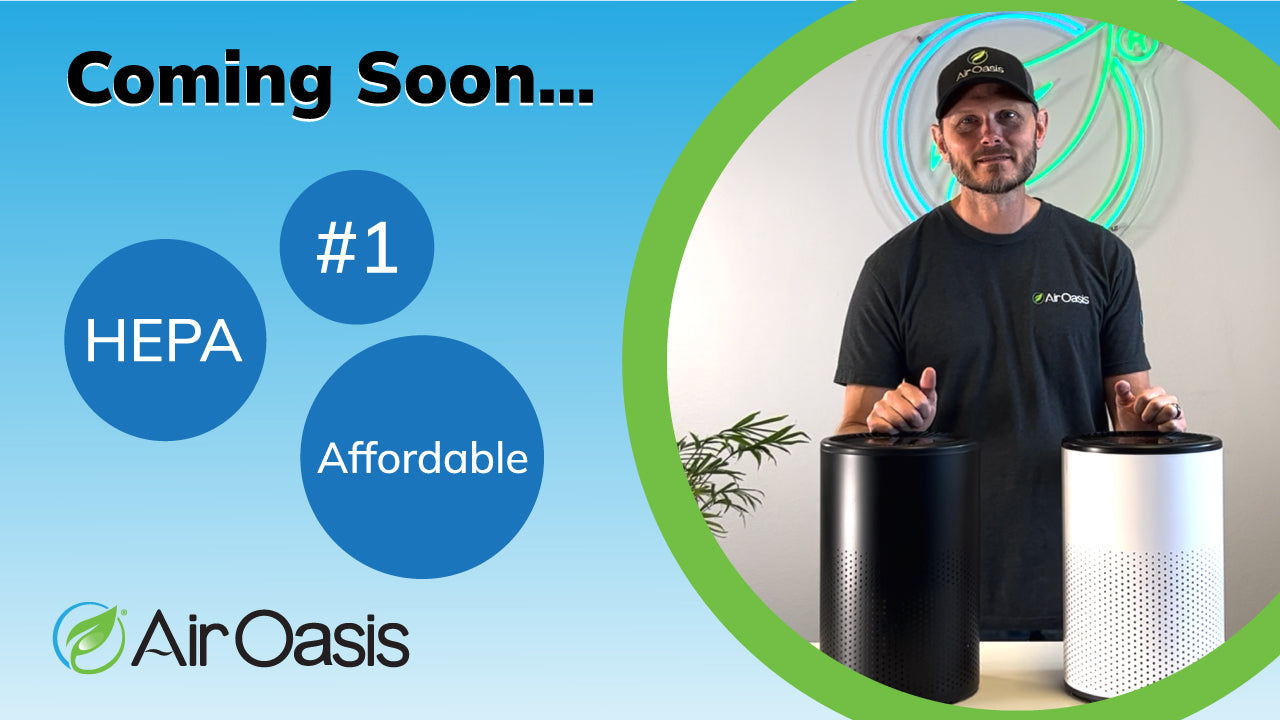For individuals with Chronic Inflammatory Response Syndrome (CIRS) or mold sensitivities, detecting mold early can mean the difference between manageable symptoms and a severe health crisis. Mold doesn't always announce itself with visible growth or musty odors. Sometimes it hides behind walls, under flooring, or within ventilation systems, silently releasing mycotoxins and spores that trigger inflammatory cascades in susceptible individuals. Understanding how to check for mold comprehensively—using multiple detection methods—empowers you to protect your health before exposure becomes debilitating. The good news is that you don't need to be a professional to conduct effective mold screening in your home.
Visual Inspection: The First Line of Defense
The most straightforward method for checking for mold is a thorough visual inspection of your home. Mold often grows in areas with excess moisture, so focus your inspection on bathrooms, kitchens, basements, attics, and around windows. Look for discoloration on walls, ceilings, and floors—mold appears in various colors including black, green, white, brown, and gray.
Check behind and under furniture, especially pieces positioned against exterior walls where condensation forms. Inspect window sills, door frames, and areas around plumbing fixtures. Don't overlook less obvious locations like the rubber seal on washing machines, dishwasher interiors, refrigerator drip pans, and air conditioning units. Mold presents with different textures—fuzzy, slimy, powdery, or velvety—depending on the species and surface.
Water stains indicate potential mold growth even when the mold itself isn't visible. Look for yellow, brown, or copper-colored stains on ceilings and walls. Peeling or bubbling paint and wallpaper often conceal mold colonies underneath. Warped or discolored baseboards suggest moisture infiltration and possible hidden growth. For CIRS patients, even small amounts of hidden mold can trigger significant symptoms, making thorough visual inspection critical. Document what you find with photos, noting the location, size, and appearance of any suspicious growth or water damage.
The Smell Test: Your Nose Knows
Mold produces volatile organic compounds (VOCs) that create distinctive musty, earthy odors. If you detect persistent musty smells in your home, especially in specific rooms or areas, you likely have mold growth even if you can't see it. The smell often intensifies in humid conditions or when heating systems activate, spreading the odor through ventilation.
Trust your sense of smell during your inspection. Walk through each room slowly, paying attention to closets, crawl spaces, and storage areas. Open cabinets under sinks and check inside rarely used spaces. The strength of the odor can indicate the extent of contamination—stronger smells typically correlate with larger colonies or multiple growth sites.
For individuals with CIRS, relying solely on smell presents challenges because mold exposure itself can impair olfactory function. Biotoxin illness often causes sensory dysfunction, meaning you might not smell mold even when it's present. This is why combining the smell test with other detection methods provides more reliable results. If family members or visitors comment on musty odors that you don't detect, take their observations seriously. The Air Oasis iAdaptAir system addresses both visible mold spores and the VOCs that create these characteristic odors through activated carbon filtration.
Moisture Meters: Detecting Problem Areas Before Mold Appears
Mold requires moisture to grow, so identifying areas with elevated moisture levels helps you find existing mold and prevent future growth. Moisture meters are inexpensive tools available at hardware stores that measure the water content in building materials. These devices help you detect problem areas before mold becomes visible.
Pin-type meters use probes that penetrate materials to measure moisture content, while pinless meters use electromagnetic sensors to scan surfaces without causing damage. Use these tools to check walls, floors, and ceilings, especially in areas prone to water exposure. Building materials should typically read below fifteen percent moisture content. Readings above twenty percent create ideal conditions for mold growth.
Focus moisture testing on areas around windows and doors, beneath sinks, near water heaters, in basements and crawl spaces, and around HVAC systems. Check areas that have experienced past water damage or leaks. Even after visible water dries, materials can retain moisture that supports mold growth. Controlling indoor moisture is the most effective strategy for preventing mold-related health problems.
Regular moisture monitoring helps CIRS patients stay ahead of potential mold problems. By identifying moisture issues early, you can address them before mold colonies establish and begin producing the mycotoxins that trigger inflammatory responses. This proactive approach is essential for maintaining the safe indoor environment necessary for managing biotoxin illness.
Professional Air Quality Testing: The Most Comprehensive Approach
While visual inspection, smell tests, and moisture meters provide valuable information, professional air quality testing offers the most comprehensive assessment of mold contamination. Environmental testing companies use specialized equipment to collect air and surface samples that laboratories analyze to identify specific mold species and spore concentrations.
Air sampling captures spores circulating through your breathing space—the mold that directly impacts your health. Surface sampling identifies growth on walls, floors, and other materials. Professional inspectors also use thermal imaging cameras to detect temperature differences that indicate moisture behind walls and ceilings, revealing hidden mold growth that visual inspection misses.
For CIRS patients, professional testing provides critical information beyond simple presence or absence of mold. Lab analysis identifies specific species, including those known to produce particularly problematic mycotoxins like Stachybotrys and Aspergillus. Testing also quantifies spore levels, helping you understand contamination severity and track remediation effectiveness. The Air Oasis technology works alongside professional remediation by continuously filtering airborne spores and mycotoxins, reducing exposure even as remediation progresses.
Professional testing costs vary but typically range from three hundred to one thousand dollars depending on home size and testing extent. While this represents an investment, for those with mold-related illness, the information gained can be invaluable for targeting remediation efforts and validating that your home is safe for occupancy.
Taking Action: Protecting Your Health Through Vigilant Monitoring
Checking for mold in your house requires a multi-faceted approach combining visual inspection, smell assessment, moisture monitoring, and when necessary, professional air quality testing. Each method provides different information that together creates a comprehensive picture of your indoor environment. For individuals with CIRS and mold sensitivities, this vigilance isn't excessive—it's essential for maintaining health and preventing the inflammatory cascades that biotoxin exposure triggers.
Remember that mold remediation addresses growth on surfaces and within building materials, but airborne spores and mycotoxins can persist long after visible mold is removed. Medical-grade air purification provides continuous protection by capturing and neutralizing these harmful particles. The combination of vigilant mold monitoring and comprehensive air purification creates the clean indoor environment that allows your body to heal rather than constantly fighting inflammatory triggers.
If you're ready to create a safer home environment that supports your health rather than undermining it, invest in proven air purification technology designed specifically for mold and biotoxin removal. Shop Air Oasis today and breathe easier knowing you're protected from the hidden threats that compromise your wellness.



